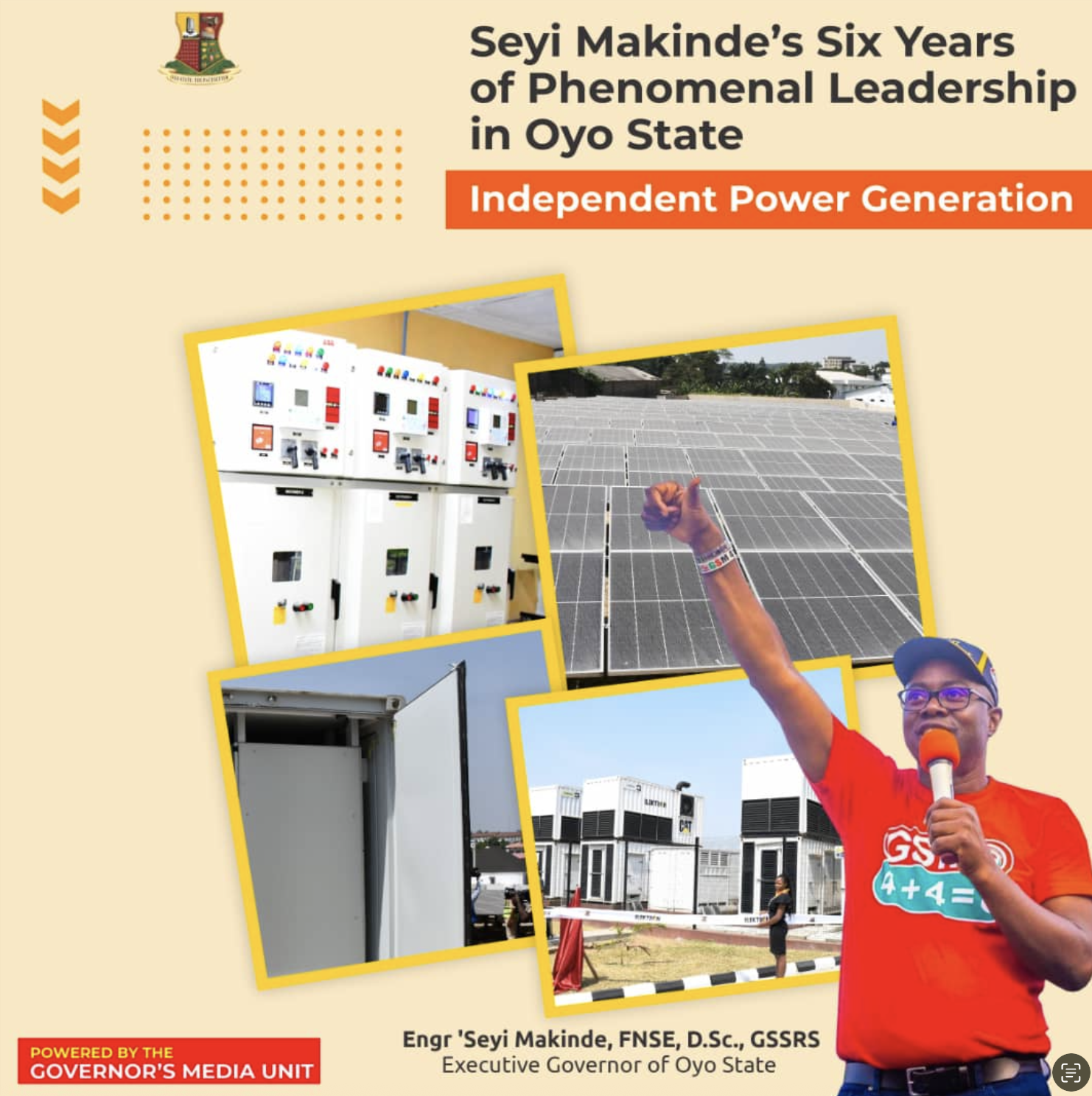Oyo state has been listed among 13 states unable to fund their recurrent expenditure obligations together with their loan repayment schedules due in 2019 with their respective total revenues.
This is veritably evident in the just released 2020 Fiscal Sustainability Index released by BudgIT where some states rank higher than others and most are still below the sustainability point.

InsideOyo.com’s analysis of the report shows that with debt repayment and revenue, Oyo state is among the worst hit state in fiscal sustainability in 2019. The Coronavirus pandemic may provide a worst scenario for 2020.
From the BudgIT’s 2020 Fiscal Sustainability Index, 13 states were worst hit in recurrent expenditure. They are – Oyo, Kogi, Osun and Ekiti States while the other states on this pendulum are Plateau, Adamawa, Bauchi, Gombe, Cross River, Benue, Taraba and Abia.
BudgIT, a civic advocacy society that uses technology to intersect citizen-engagement with improved governance has launched the 2020 edition of its annual States of States report titled Fiscal Sustainability and Epidemic Preparedness Financing at the State level. This report is BudgIT’s signature analysis that provides policy makers with robust insights on ways to implement financial and institutional reforms that will improve states’ fiscal performance and sustainability level.
Of the 36 states, 23 states that can meet recurrent expenditure and loan repayment schedules with their total revenue, 8 of those states had really low (less than N6bn) excess revenue, that they had to borrow heavily to fund their capital projects. The worst hit are Zamfara, Ondo and Kwara who had N782.45m, N788.22m and N1.48bn left, respectively.

Based on their fiscal analysis, only five (5) states – Rivers, Kaduna, Akwa Ibom, Ebonyi and Kebbi states – prioritised capital expenditure over recurrent obligations while thirty-one (31) states prioritised recurrent expenditure according to their 2019 financial statements.
“Recurrent expenditures are not necessarily a bad thing, especially when skewed towards sectors like Health and Education. However, 9 of the states in this category had overhead costs that were larger than their capital expenditures. These states are: Ekiti, Kogi, Kano, Plateau, Kwara, Nasarawa, Taraba, Adamawa and Benue” Said Abel Akeni, BudgIT’s Research Lead
All 36 states’ debts surged by 162.87% (N3.34tn), from N2.05tn in 2014 to N5.39tn in 2019, with 10 states accounting for approximately half or N1.68tn of this increase. Seven of these states are from the South while three are from the North.
“To achieve fiscal sustainability, states need to grow their IGR as options for borrowing are reduced due to debt ceilings put in place by the Federal Government to prevent states from slipping into a debt crisis. There has to be a shift from the culture of states’ overdependence on FAAC” Said Damilola Ogundipe, BudgIT’s Communications Lead.



























